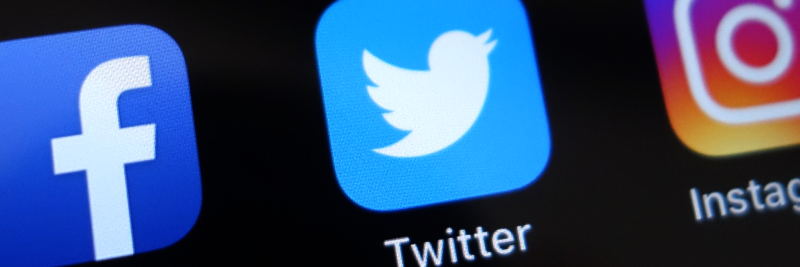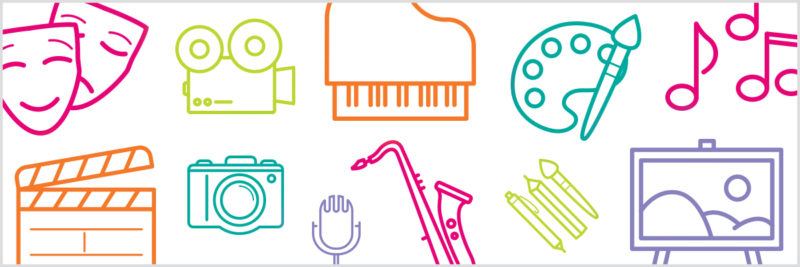What does a five year old, photo bombing, cats and cucumbers have to do with cultural bias?
Penny Rabiger writes for @teachtalks
Recently, I have seen a few very different things online that have made me think more about the issue of unconscious bias and black, Asian and minority ethnic people. The first is the story of a five year old white American boy who wanted to get his hair shaved short like his black American best friend so that their teacher “wouldn’t be able to tell them apart”. It strikes me that we don’t seem to be born looking for differences and aware of skin colour that much. It is culturally constructed over time and is a part of our education.
Secondly, there was a news interview where a white man is speaking to the camera and in marches his small daughter (followed by his other child in a baby walker). They are shortly pursued by a woman who rushes in on all fours grabs them both and hustles them out of the room, returning briefly, still on her knees to shut the door. The assumption online was that this was his wife. Others speculated that it could be the childminder. I became interested in the Twitter backlash against presumed racially charged assumptions that the woman was a childminder and not the children’s mother and the white man’s wife – she was Korean. She was his wife.
For some rainy afternoon fun, I decided to revisit the medley of videos featuring cats freaking out when they turn around and find a cucumber behind them. It seems to be human, – and animal – ancient, learned behaviour to break the world up into categories of like me, not like me, threat and non-threat. Otherwise, why would a domestic cat that has never seen a snake, have it so engrained in their ancient cat-bias, so as to be afraid of a vegetable that has only a vaguely snake-like appearance, is completely inanimate but seems to have sneaked up on them? Could this be true also for us human folk? Does it go that far back?
It seems that unconscious bias is the result of a deeply engrained, ancient xenophobia that has been further culturally constructed over time. We need to work hard to accept that even with the best of intentions, you can’t culturally un-construct it just by declaring yourself not biased or “colour-blind”. Even if we can overcome instinct, all culturally constructed notions are deeply engrained and we have a duty to be aware of our own.
Change begins with me
As a teacher, I was aware that my actions, words and inherent bias can have a profound effect on my students. But my reach was very small. It was confined to contact time in the classroom and perhaps choices I made regarding the curriculum. As a professional still working in the education sector now, but in the peripheries, working for education start-ups, businesses and charities, I feel my impact on issues around equality of opportunity for students and school staff could be even non-existent now unless I make it my business to still champion this as an issue that I believe in.
This is why I support the Black, Asian and Minority Ethnic Educators (BAMEed) movement as one of the steering group members. BAMEed is a grassroots network aimed at ensuring our diverse communities are represented as a substantive part of the education workforce for teachers and leaders in education. Difficulties in recruiting diversely is not a new issue; it is not something that has never been talked about. There have been some programmes aimed at changing the visible face of education and there have been some marginal gains.
Change is happening, but it needs acceleration. This new network is an open invitation to all for action to diversify all aspects of education. It aims to support the graduate seeking to make the step into teaching as much as the teacher trying to step into leadership. BAMEed will aim to help make the step accessible, fair & achievable.
This is an open network. We seek to learn from each other and actively include all ethnicities. Our mix of culture and identity in the network engenders the ideal that we seek to develop in education across the UK.
How can you get involved?
There are several ways to get involved that are already in full swing:
- Firstly, take an active interest. Go to the BAMEed Network website and read about what we are doing
- If you are a blogger, or just like to write, why not get involved by writing a ‘Hopes for Diversity in Education in 2017’ blog post and send it on to us to post on the site?
- We have started a network of coaches and coachees – you can sign up to whichever you feel you are more suited to. We provide support for coaches around expectations and coaching methods so you know how to give the best support to your coachee
- Join a database of BAME educators to be contacted about events, training and delivery of INSETs, presentations and so forth. Events organisers often struggle to diversify their speakers, panel discussion participants, and workshop facilitators . We aim to make that just that little bit easier for them with our database
- Read and educate others – if you are a keen reader on issues that BAME educators face, we would love to learn from you. Could you summarise some of your reading and learning for all of us to learn from?
- Let us know about any lectures, events, conferences, publications and networks that we should be aware of and we can add these to our website for everyone to benefit from
- Follow us on our website and on Twitter, and let others know about the work we are doing
- Join us at our conference on June 3rd in Birmingham
The BAMEed Network website can be found at https://bameednetwork.com and on Twitter @BAMEedNetwork
Penny Rabiger @Penny_Ten





